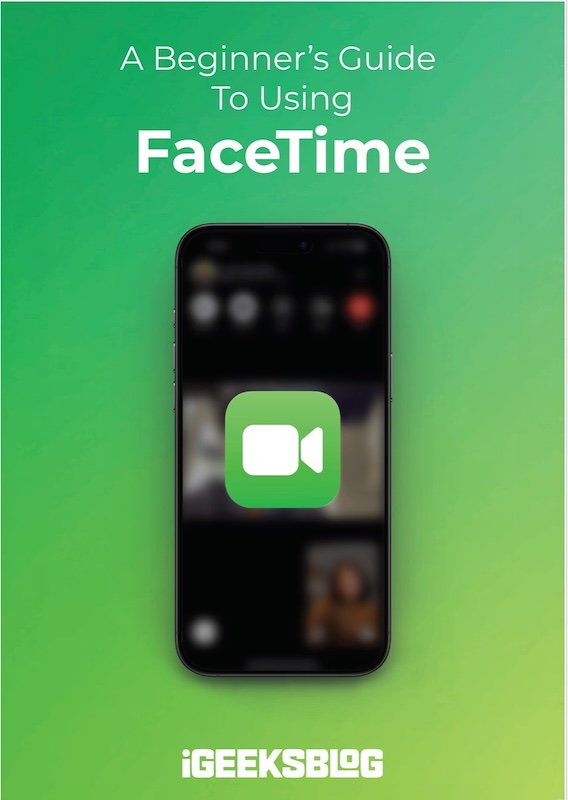
FaceTime Like a Pro
Get our exclusive Ultimate FaceTime Guide 📚 — absolutely FREE when you sign up for our newsletter below.

FaceTime Like a Pro
Get our exclusive Ultimate FaceTime Guide 📚 — absolutely FREE when you sign up for our newsletter below.
Everything you need to know about LiDAR in iPhones and iPads.
You may have seen “LiDAR Scanner” listed in the tech specs of your iPhone or iPad, especially if you own a Pro model. But what exactly is LiDAR, and what does it do on Apple devices?
Introduced with the iPad Pro and iPhone 12 Pro in 2020, this advanced sensor has significantly improved photography, augmented reality (AR), and accessibility features. In this guide, we’ll explain LiDAR, how it works, which Apple devices support it, and the real-world benefits of using It on your iPhone or iPad.
LiDAR stands for Light Detection and Ranging. It’s a sensing technology that uses laser light pulses to measure distances between the sensor and objects in the surrounding environment.
The sensor sends out rapid pulses of light and measures the time it takes for each pulse to return after hitting an object. This time measurement helps create a 3D depth map of the area, making it perfect for spatial awareness and real-time object detection.

Apple uses a Time-of-Flight (ToF) LiDAR Scanner, located near the rear camera module on supported iPhones and iPads. It emits thousands of laser pulses per second to calculate the distance and shape of objects.
Here’s how it enhances your Apple experience:
Apple integrates LiDAR into various features, including Portrait Mode, Night Mode, the Measure app, and several AR apps available on the App Store.
The LiDAR sensor is currently available on the following Apple devices:
iPhones with LiDAR:
iPads with LiDAR:
Now that we’ve understood the technical part, here’s the fun part. Below are the key benefits of having LiDAR on your iPhone or iPad.
LiDAR can really help with photography in poor lighting. The LiDAR Scanner improves autofocus speed and accuracy in low-light environments, allowing you to capture crisp, detailed images even when natural light is scarce.
It also enhances Portrait Mode by offering more precise depth sensing. This allows you to get images with a more natural-looking blur or bokeh and better subject-background separation. This means your portraits can have a sharper, more professional look, even when shot at night.
LiDAR plays a big role in allowing AR apps and games to understand the physical environment around you. It provides real-time depth information so that virtual objects can be anchored more realistically in the real world. Thanks to the LiDAR scanner, virtual objects appear to stay in place and scale automatically.
This is useful in several instances, such as when you’re using LiDAR apps to place virtual objects into your physical environment or playing AR games such as Pokemon Go.
LiDAR also has accessibility benefits. For example, Apple’s Magnifier app uses LiDAR to help visually impaired users detect the distance between themselves and nearby people, objects, or doorways.
Moreover, LiDAR will play a key role in Apple’s future vision for spatial computing, including devices like the Vision Pro headset. It could help with more precise gesture control or object recognition features. Pretty exciting!
Signing off
I hope this guide has answered all your questions about the LiDAR scanner on your iPhone or iPad. Let me know if there’s anything you’d like to know.
You may find these helpful: